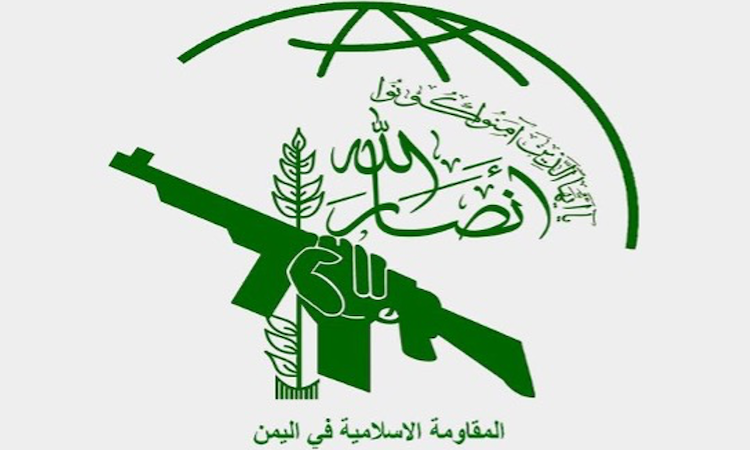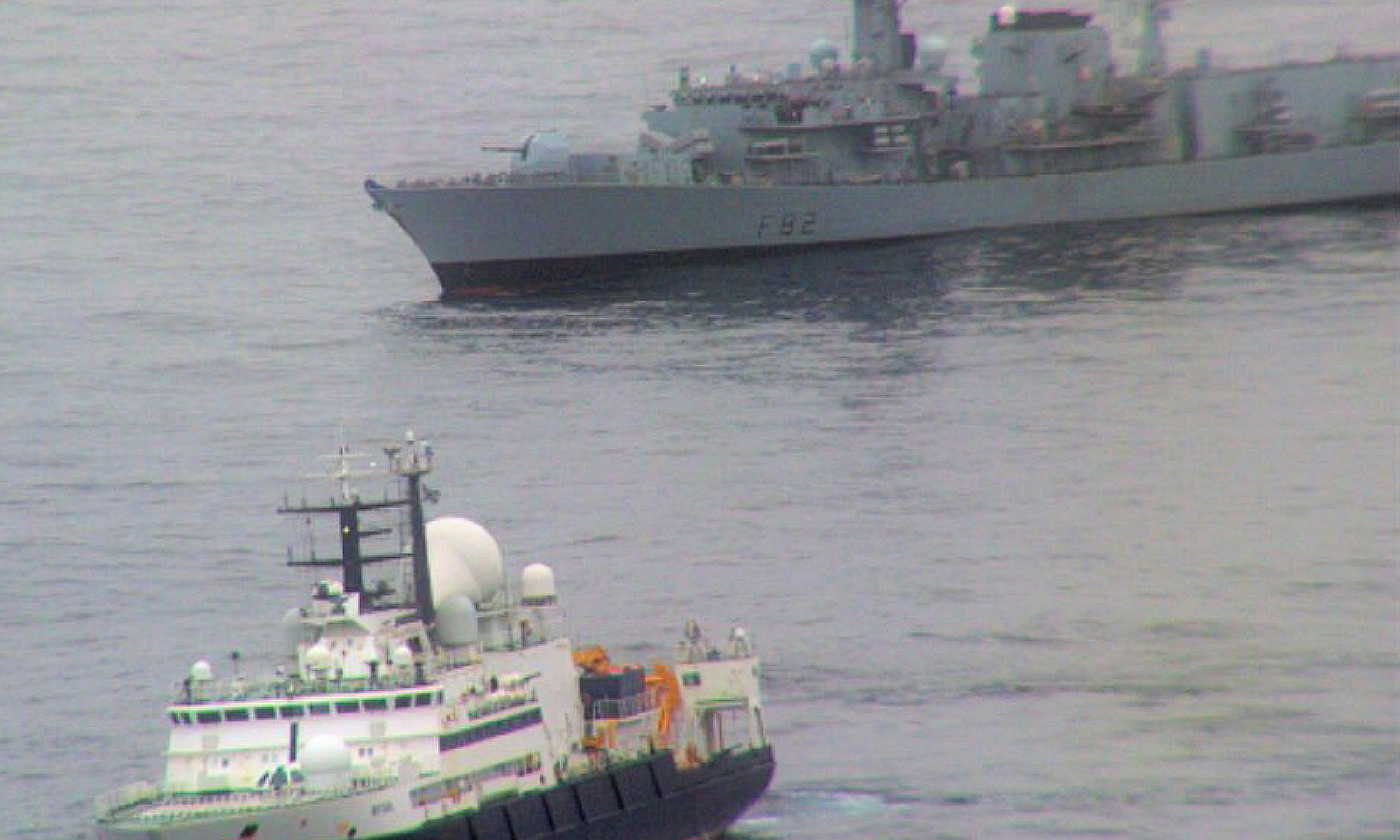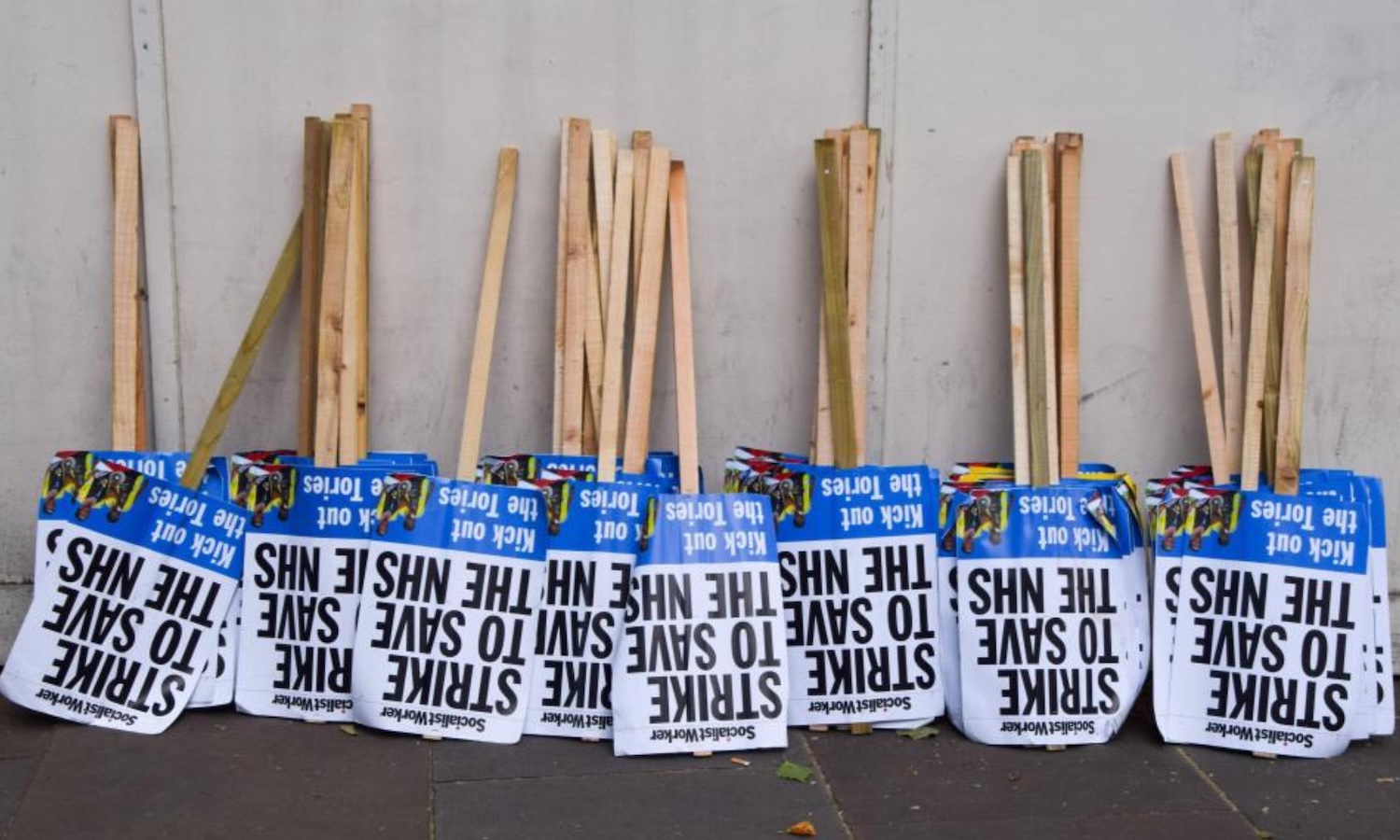Five years into Riyadh’s imperialist-sponsored war against the Yemeni people, a war conducted with the maximum savagery and cowardice, the corrupt feudal sheikhdom of Saudi Arabia is further than ever from achieving any of its goals – or any of the war aims of its imperialist sponsors in the USA and Britain.
The much-loathed and deservedly ousted former president, Abdrabbuh Mansur Hadi, continues to cool his heels in Riyadh, waiting in vain for his hosts to succeed in bludgeoning his fellow countrymen into having him back.
Meanwhile, the national resistance forces continue to hold their own, whilst the Saudi alliance is increasingly weak and divided – its mercenary forces being consistently hammered in the ground war, and only able to function at all thanks to the brutal air war conducted against the civilian population.
If the war could have been won simply by piling misery upon misery on the long-suffering Yemeni people, Hadi and his sponsors would long ago have prevailed.
It is impossible to overstate the horrors to which millions of Yemenis have been exposed through blockade, blitzkrieg, hunger and disease. The United Nations estimates that over 24 million Yemenis are in dire need of aid, 10 million of whom are suffering from extreme levels of hunger.
The Yemen Data Project calculates that the Saudi gang has carried out nearly 20,500 air raids, meaning that the spread of cholera and other diseases has been facilitated by the systematic destruction of hospitals, schools, bridges, roads and all manner of vital infrastructure, not least the specially targeted water purification plants. (Saudi-led coalition launches air raids in Yemen’s Hudaydah, PressTV, 8 March 2020)
As well as infrastructural destruction, they make a speciality of targeting weddings, funerals and refugee camps.
British imperialist war crimes
Britain’s role in this criminal enterprise has been substantial throughout. A Guardian article published last June demonstrated conclusively that British imperialism is up to its elbows in blood.
It reported: “Every day Yemen is hit by British bombs – dropped by British planes that are flown by British-trained pilots and maintained and prepared inside Saudi Arabia by thousands of British contractors.” The bombs are manufactured in Glenrothes, Stevenage and Harlow. (The Saudis couldn’t do it without us’: the UK’s true role in Yemen’s deadly war by Arron Merat, Guardian, 18 June 2019)
RAF engineers are sent to train Saudi pilots and targetters, whilst BAE Systems personnel work in the field, providing weapons, maintenance and engineers. One BAE worker told Channel 4’s Dispatches: “If we weren’t there, in seven to 14 days there wouldn’t be a jet in the sky.”
The Guardian article explained how BAE is contracted by the government to provide “in-country” services, with around 6,300 contractors “stationed at forward operating bases in Saudi Arabia. There, they train Saudi pilots and conduct essential maintenance night and day on planes worn out from flying thousands of miles across the Saudi desert to their targets in Yemen.
“They also supervise Saudi soldiers to load bombs on to planes and set their fuses for their intended targets.”
The RAF provides liaison officers to work inside the Saudi command-and-control centre, which decides who is to get targeted. Meanwhile, inside “Saudi forward operating bases, there are thousands of British contractors working to keep the war machine moving.
“British contractors coordinate the distribution of bombs and aircraft parts. They manage climate-controlled armouries and work in shifts to ensure bombs are dispatched in a timely manner for fresh raids.”
In short, in an impeccable public/private partnership, the RAF and BAE between them do everything short of pulling the trigger.
However, even that last caveat is of dubious validity. As the Guardian article also noted: “In May 2018, an unknown number of British troops were sent to Yemen to assist Saudi ground forces. Since then, multiple newspapers have published reports of British special forces wounded in gun battles inside Houthi-controlled territory.”
Three thousand British and US troops heading for Yemen?
And now, on 12 March, the Iranian news agency Press TV has reported a claim by the so-called Southern Transitional Council (STC, a breakaway separatist faction within the Saudi coalition that is sponsored by the UAE) that hundreds of US and British soldiers “have arrived in the port city of Aden as the first batch of a large military force that Washington and London seek to deploy to the Arab country’s resource-rich areas under the guise of fighting terrorism”. (US, British troops in Aden, more to arrive in Yemen strategic areas, PressTV, 12 March 2020)
According to Fadi al-Murshidi, media official of the STC, some 450 US and British soldiers had already arrived in Aden, the first batch of a planned 3,000-strong contingent which is aimed to directly occupy Aden, al-Anad base in Lahj province, Socotra Island in the Arabian Sea, Hadhramaut, Mahrah and Shabwah provinces.
In the same Press TV report, unspecified “southern local media” are said to have reported that a US force of 110 soldiers reinforced by ten Black Hawk aircraft, 30 Harvey armoured vehicles, four Patriot air defence systems and an integrated field operations room had reached the coast of Balhaf in the oil-producing Shabwa province, where are also docked two US warships.
Balhaf happens to be the main port for the export of Yemen’s liquified natural gas (LNG).
The significance of this report, so far uncorroborated by any other source seen by this writer, is not immediately clear. As is plain from the Guardian piece cited above, Saudi Arabia is already teeming with British contractors, engineers, special forces and RAF advisers. A few thousand more troops need not of itself necessarily radically alter the facts on the ground. An imperialist mercenary smells the same in or out of uniform.
However, if this development signals a qualitative shift in strategy, abandoning reliance on proxies to deliver the imperialist agenda in favour of a more blatant direct intervention by the puppet-masters themselves, then this suggests just how little confidence imperialism on either side of the pond has in the ability of Saudi Arabia and its partners-in-crime in the UAE to bring home the bacon.
The concentration of US and British forces in the oil-producing Shabwa province, complete with two US warships docked at the main LNG-exporting port, looks more like a clumsy smash-and-grab of the nation’s mineral wealth than a confident assertion of imperialist dominance – much like America’s blatant theft of Syria’s oil wealth.
In both cases, it looks more like a shoplifter stuffing his pockets whilst heading for the exit than a serious plan of settled domination.
Thieves fall out
The Southern Transitional Council (STC), from whose spokesman the Press TV story originates, is sponsored by the UAE, a key ally in the war against Yemen. The STC has previously been instrumental in the attempt to restore Hadi, which was in line with the imperialist attempt to force the Yemeni people to submit to being ruled by a Saudi stooge.
However, last year the STC turned against Hadi and seized Aden, the nominal ‘capital’ of Hadi’s shadow government, with the involvement of the UAE’s military. Faced with the prospect of a squabble amongst rival militias undermining the war effort and driving a wedge between the UAE and Saudi Arabia, a peace deal was brokered under which Saudi forces took control of most of south Yemen and UAE forces withdrew.
But the deal is not holding, tensions are escalating between Saudi-backed militias and STC fighters, and now the Saudi coalition is preventing STC leaders returning to Aden. It seems probable that the intention of sending in the imperialist soldiery is in part to shore up the Saudi-led fighters and refocus minds on the imperialist agenda.
These quarrels erupting within the ranks of the Saudi coalition, with even a danger that Saudi Arabia and the UAE could find themselves drawn into open collision, are clearly weakening and dividing the forces of oppression.
They are also making it harder for ‘allies’ to maintain a united propaganda front – as illustrated by the STC apparently letting the cat out of the bag about the influx of imperialist troops.
The struggle continues
And through it all, the forces of national liberation led by the Ansarullah movement (or ‘Houthi rebels’ as the imperialist media like to dismiss them) not only remain unbroken but have since last summer been making substantial military gains against the oppressor.
These are putting maximum pressure on Riyadh to put an end to the humanitarian disaster prolonged by its unwinnable war and come to the negotiating table. As Ansarullah leader Abdul-Malik al-Houthi pointed out in a recent televised address, the US is humiliating Riyadh and Abu Dhabi to pursue its own agenda.
Al-Houthi noted: “Evaluation and studies confirm that economic losses inflicted on the Saudi regime have been huge and its ambitions have not been realised. The Saudi and UAE economies are suffering from economic crises, and continue to decline.” (US only humiliating, blackmailing Saudi Arabia, UAE: Ansarullah leader, Press TV, 26 March 2020)
Militarily, the reality is that Riyadh has never got over the massive humiliation of seeing 50 percent of its oil production shut down by drone attacks last September. Taken together with the pro-Hadi fighters’ dismal showing in the ongoing ground war, this has left the mercenaries demoralised and on the back foot.
In January, the Yemeni liberation forces recaptured key positions in the Nehm district of Sana’a province and also advanced into Serwah district, 40km west of Ma’arib city.
Then at the beginning of March it was reported that liberation forces had captured al-Hazm, capital of al-Jawf province, as Saudi-led mercenaries retreated into neighbouring Ma’arib province. The mercenaries lost at least 30 of their number over two days, including some high-ranking pro-Hadi officers.
Commenting on this development, Maged al-Madhaji, executive director of the Sana’a Center, a Yemeni think-tank, said: “Control of the capital of al-Jawf could totally change the course of the war. Houthis have made an exceptional advance and are changing the balance,” adding that the advance would enable the Ansarullah-backed forces to surround neighbouring oil-rich Ma’rib province, the most significant territory in the hands of the pro-Saudi mercenaries.
By taking al-Hazm, he suggested, “Houthi forces have cleared away the last obstacle in front of the vast, largely empty desert areas across the north of Marib. The Houthi movement, therefore, gains an easy military path to the vein of Marib’s wealth – its oil wells and a refinery – without having to capture Marib city, the governorate’s well-fortif
“The new achievement by Yemeni forces and the Houthi fighters also secures supply lines between Sana’a and the Houthi northern stronghold of Saada.” (Yemenis seize capital of strategic al-Jawf as Saudi-led mercenaries retreat, 1 March 2020)
The Saudi gang responded with the usual cowardly air strikes a week later, this time against the western province of Hudaydah. War planes raided the Salif area and targets in the Bab al-Mandeb strait.
Fierce fighting continued in Ma’arib province, and then at the end of March came news of the first strikes against targets in Saudi Arabia itself since last September. This latest bold attack mobilised a mix of home-made drones and ballistic missiles, demonstrating that Yemen is fully capable of bringing the war back home to Riyadh.
Saudi Arabia is in no fit condition to be acting as imperialist catspaw in the middle east; and if it is really the intention to send in thousands of US and British troops to do the job instead, all that awaits them is the graveyard of imperialist ambitions.













